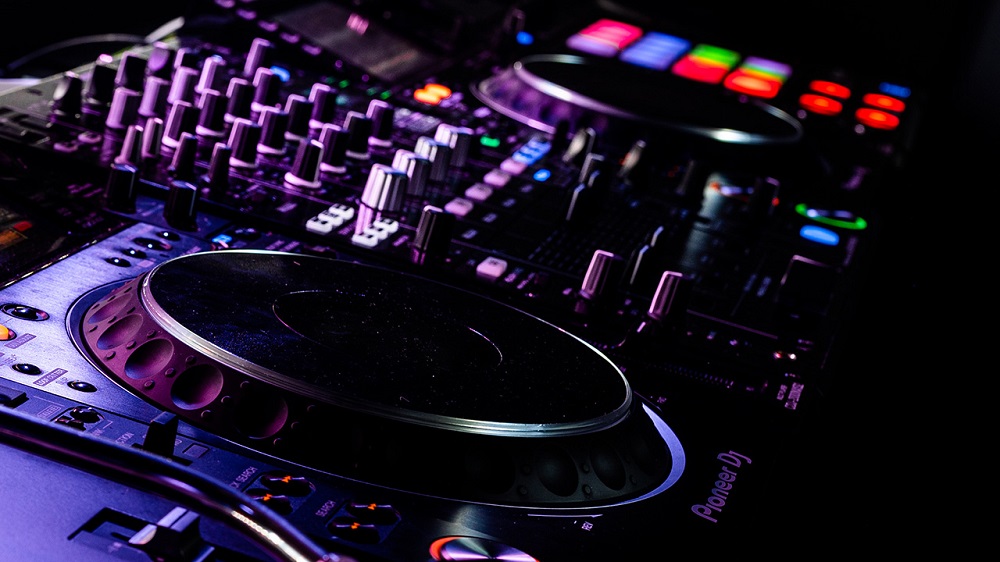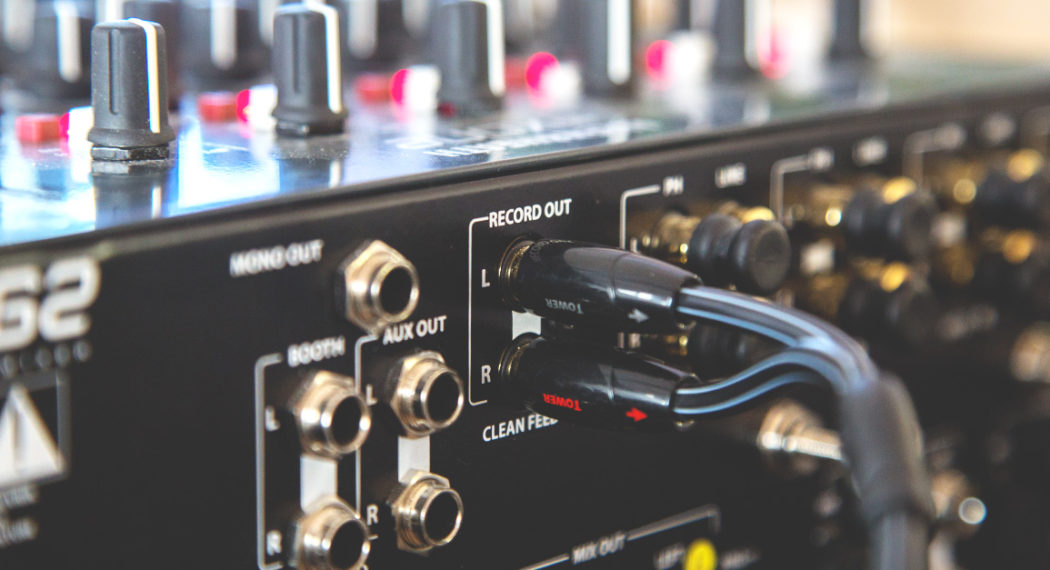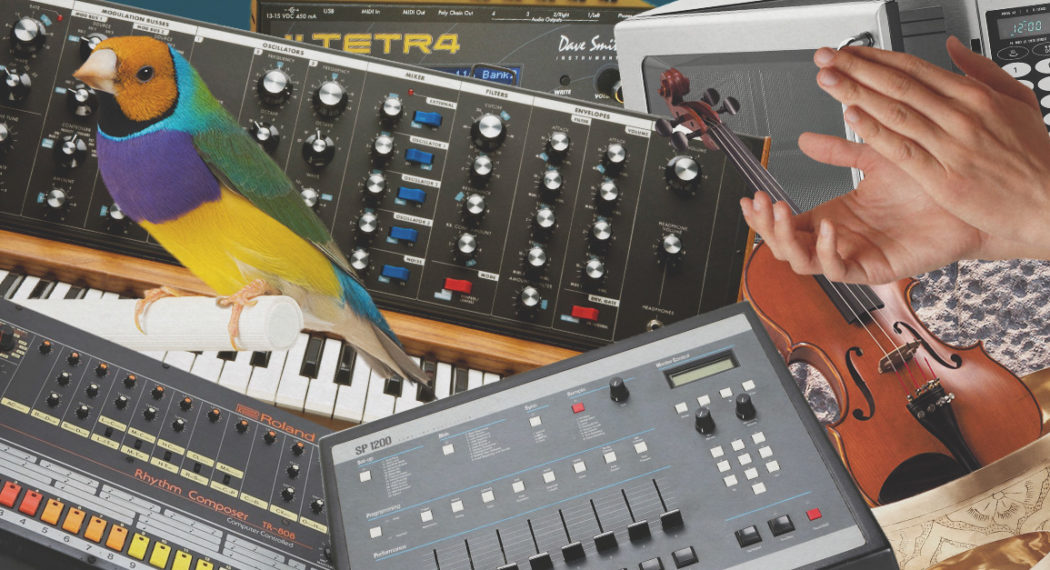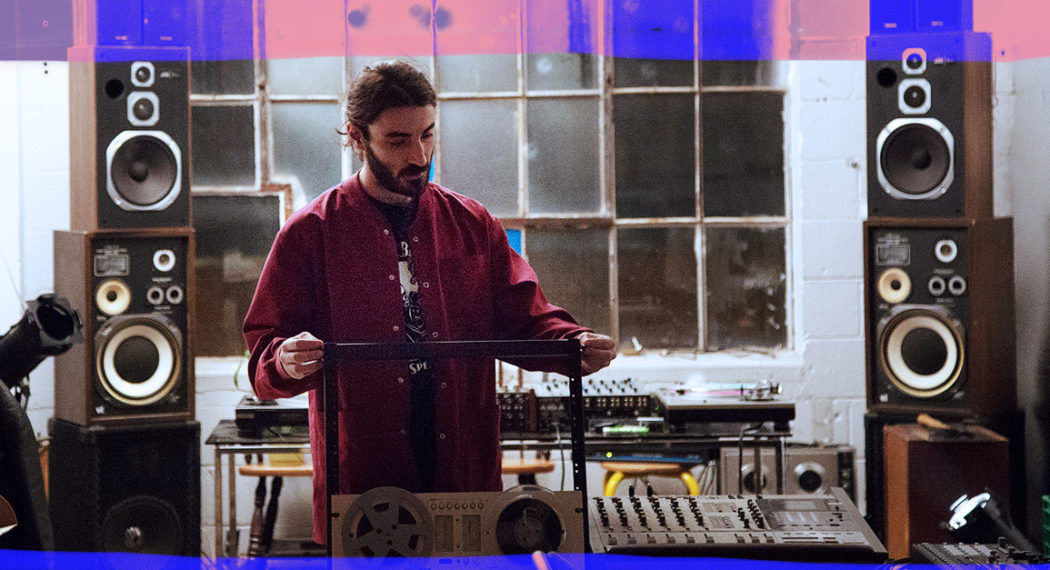You’ve probably heard it a thousand times before: You need to pay attention to your gain staging! You need to leave headroom when you’re mixing music!
But what are they exactly? Is there a specific amount of headroom you need to have? How should you configure your gain structure in order to optimize the gain staging throughout your mix?
This quick explanation will help you understand exactly what headroom and gain staging are and why they’re necessary—even in the brave new digital world.
What is Gain Staging?
Back in the good old days of analog recording, you had 2 main things to consider when it came to recording a healthy yet clean signal:
- Noise floor
- And headroom
Good gain staging was an engineer’s way of navigating safely between them. It meant making sure that the gain structure between devices was set up properly.
It ensured that any device in the signal path would receive an optimal signal level to its input, and output an optimal signal level to the next device in the chain.
Noise floor is the inherent noise of the signal path, including the recording medium (in those days it was magnetic tape).
The goal was to keep your signal as high above the noise floor as possible to maximize your signal-to-noise ratio.
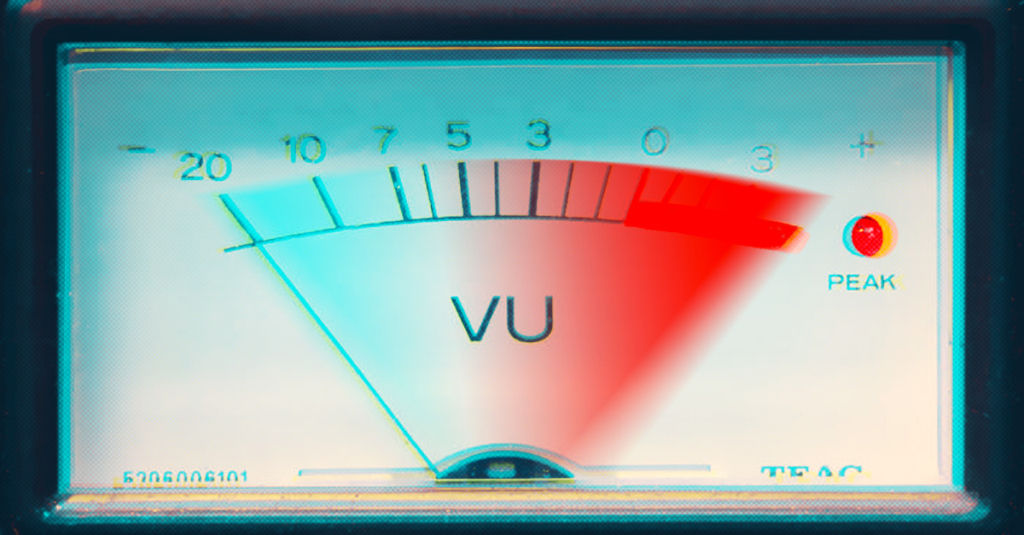
This meant that quieter passages wouldn’t be obscured by a bunch of hisses and other undesirable noise.
The only problem with trying to keep your signal high above the noise floor is that you ran into the other issue—headroom.
What is Headroom?
Headroom is how much room your audio signal has before it starts to get compressed and distorted.
Every recording medium has a finite amount of headroom. If you try to record a signal that’s louder than what the medium is capable of handling, it will clip the tops of the waveform and you’ll hear that as distortion.
Headroom in analog circuitry and tape recorders was a gradual thing. When pushed above a certain limit you’d get a soft compression/saturation effect at the beginning and the louder you pushed the input signal the more overt the distortion became.
Engineers would try and find the best balance point between noise at the bottom and distortion at the top, which is ultimately what gain staging is all about.
Digital Gain Staging: Perfectly Linear
Digital audio gets rid of a lot of these gain structure issues. The noise floor is no longer really a concern in most modern DAWs as the level of system noise is so low that it doesn’t really impact the signal at all.
Headroom is less of a concern too. But it still matters!
In digital we have an absolute limit (0dBFS, or decibels Full Scale). Any signal above it will get clipped. But up until we reach that point digital is a perfectly linear medium, so we don’t have that gradual onset of compression and distortion that analog recording exhibits.
Don’t Stop The Staging
Great. So why should you care about gain staging if it looks like digital recording has fixed all the problems?
Well, the primary reason is that any digital chain still contains at least one (and usually 2) analog stages (hint—it’s the A in your AD and DA converters).
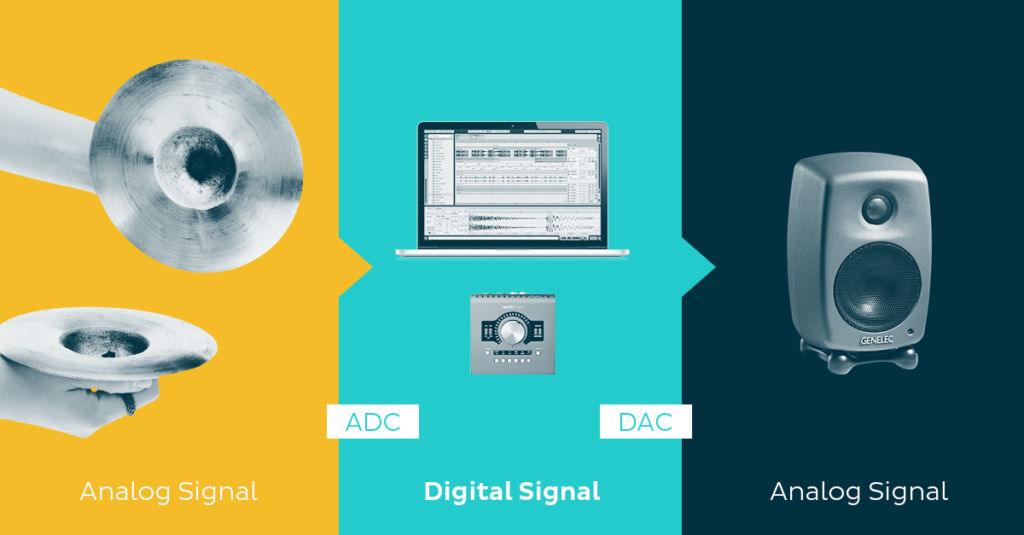
When you record, your signal has to go through an analog stage prior to being converted into digital. It also has to be converted back to analog on the way out to your monitors.
These analog stages are subject to the same gain structure problems we mentioned earlier:
- Record too low and you’re fighting the noise floor.
- Record too high and you push things into distortion and clipping.
So when you’re recording it’s best to set your levels conservatively. A good rule of thumb is to equate -18dBFS with the analog standard of 0dBVU.
If you keep your peaks hitting not much above -10dBFS, and keep the average level around -18dBFS you should have a signal that’s right in that sweet spot.
Just keep in mind that more dynamic instruments like drums or percussion might need more space as their signals can have very large peaks.
Gain Staging for Plugins
The need for proper gain staging doesn’t end when your tracks are recorded…
Even though you’re in the digital domain take a look at all your plugins. How many are modeled after old analog gear like compressors, EQs, console channels, tape machines, etc.?
If the modeling was done properly, most of them will exhibit the same “non-linear” behavior as their analog originals. So the same rules apply: the harder you push them the more they’ll start to compress, saturate and distort.
This isn’t always a bad thing. It can be used for creative tone-shaping purposes. But in general, if you’re pushing all your plugins with high levels it may start to make your mix sound brittle, harsh, and 2-dimensional.
So maintaining the same concept of optimal gain staging that you use during recording is your best bet: -18dBFS is a good average level to aim for.
Keeping it conservative will help you maintain proper gain structure throughout your mix.
Better Gain Staging Means a Better Mix
If you did it right, you should find that your master bus levels are low enough that you don’t have to worry about clipping.
So give headroom and gain staging the time they deserve. And get on with the task of mixing without fearing your faders!


